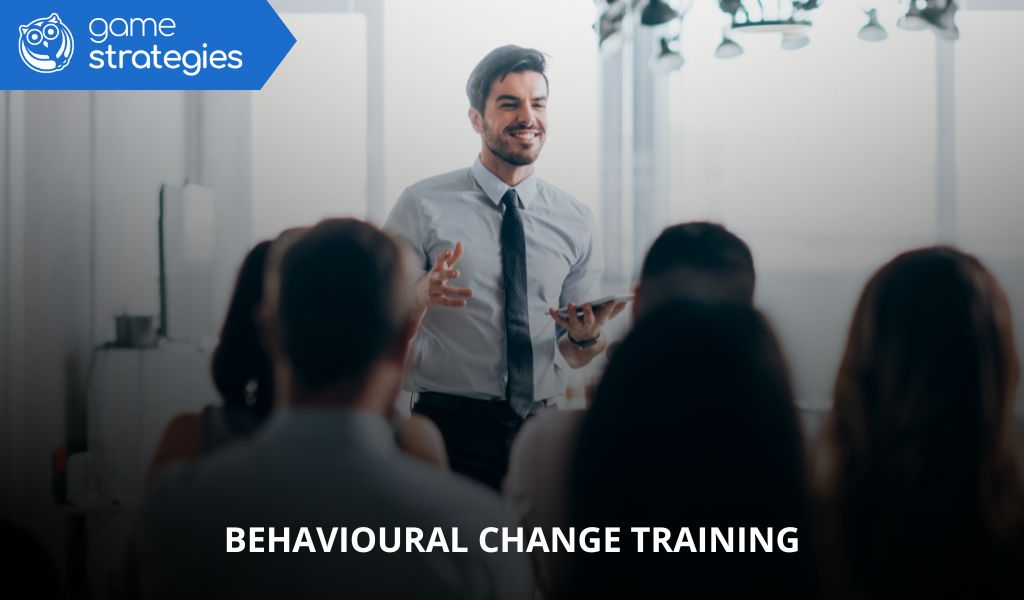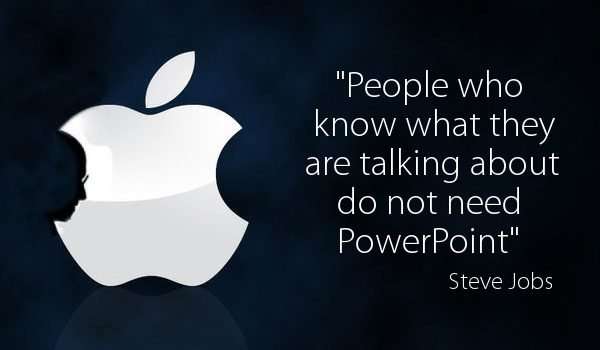Many teams go through training, complete courses, and receive certificates… yet in their daily work, they behave exactly the same. Sound familiar? This isn’t a knowledge issue but something deeper: behaviour hasn’t changed.
Changing habits, attitudes, and ways of working is the biggest challenge in corporate learning. This is where behavioural change training through well-designed serious games aligned with business objectives — makes a measurable difference.
In this article, we’ll show you how game-based training can be the most powerful tool to transform behaviours in the workplace, and how platforms like Game Strategies turn learning into real, sustainable change.
Why changing behaviours is harder than teaching content
The difference between knowing something and applying it daily
Knowing what to do doesn’t guarantee action. This is the main barrier of traditional training. We can teach policies, techniques, and procedures… but unless they are integrated into practice, there’s no impact.
True change happens when knowledge becomes repeated action when new behaviours replace old ones, even under pressure.
What prevents behavioural change in corporate environments
Common barriers include:
- Lack of real-world context during training.
- Absence of personal motivation.
- Fear of mistakes or being judged.
- Work environments reinforcing old habits.
- Training disconnected from daily reality.
Traditional training versus transformational learning
Content-driven training informs. Transformational learning, by contrast, immerses, challenges, practises, and applies. To achieve this, it needs dynamic, interactive, and emotional environments.
That’s why more organisations rely on platforms like Game Strategies to activate real behavioural change through gamification and realistic simulations.
The power of games to generate real change

Emotional activation and intrinsic motivation
Games trigger emotions: challenge, achievement, curiosity, competition. When employees are emotionally engaged, their brains process experiences more deeply, consolidating learning faster.
Gamification also fosters intrinsic motivation: learners don’t participate because they “have to” but because they want to overcome challenges, unlock levels, or measure improvement.
Safe practice through simulations
Games allow people to test new behaviours without real-world consequences. In simulations, employees can make mistakes, try new strategies, and experience outcomes safely.
This deliberate practice without fear of failure is essential for real behavioural change. At Game Strategies, users face complex decisions in environments that replicate their real workplace.
Instant feedback and in-game consequences
Games provide immediate feedback: every decision shows its outcome. This direct link between action and consequence generates meaningful learning.
Formative games also deliver contextual, narrative-driven feedback, as seen in Game Strategies’ intelligent simulations.
Repetition and reinforcement without resistance
Repetition is key to behaviour change — but repeating PDFs or videos causes disengagement. In contrast, repetition within a game:
- Feels fresh, not redundant.
- Varies contexts and challenges.
- Adds levels, surprises, and rewards.
This way, repetition becomes a powerful consolidation tool, not a source of boredom.
How to design training games that transform habits
Storytelling to build connection and memory
A strong narrative creates empathy and engagement. When learners identify with a protagonist, their decisions carry emotional weight. This:
- Enhances knowledge retention.
- Creates links between game experiences and real work.
- Helps understand the “why” behind behaviours.
At Game Strategies, every simulator includes narratives tailored to the user’s role or sector.
Realistic scenarios adapted to workplace context
Relevance is key. Games should mirror authentic challenges, characters, and pressures from daily work. The more realistic the scenario, the greater the behavioural transfer.
Game Strategies customises these scenarios to each sector, role, and skill requirement.
Inclusion of critical, high-impact decisions
Transformational games don’t simply “teach”; they force users to choose:
- What to prioritise during a crisis?
- How to respond to an angry client?
- How to manage a team conflict?
Every decision must have clear, measurable consequences teaching not just what to do, but why.
Measuring progress and applied learning
It’s not about completing levels. To drive behavioural change, you must measure:
- Which decisions the user made.
- How their responses evolved.
- How long they took to adopt new strategies.
- How closely they aligned with expected behaviours.
Game Strategies offers dashboards with KPIs for progress, continuous improvement, and role-readiness.
Examples of behavioural change with Game Strategies
Game Strategies has helped hundreds of organisations transform workplace behaviours in key areas such as:
- Customer service: 32% fewer complaints after simulating difficult conversations.
- Leadership: managers previously avoiding feedback now provide it confidently after scenario training.
- Workplace safety: 45% increase in compliance after emergency simulations.
- Consultative sales: 27% conversion improvement after practising with virtual clients of varying complexity.
These outcomes weren’t achieved through theory alone — they happened because employees lived the learning and changed their actions.
Changing workplace behaviour isn’t about more training, but better training. One that activates emotion, enables safe practice, provides instant feedback, and turns learning into a memorable experience.
Training games — when designed with pedagogical intent and business focus — are the most powerful tool to achieve this. And Game Strategies makes it measurable, scalable, and effective.
¿De cuánta utilidad te ha parecido este contenido?
¡Haz clic en una estrella para puntuarlo!
Promedio de puntuación 0 / 5. Recuento de votos: 0
Hasta ahora, ¡no hay votos!. Sé el primero en puntuar este contenido.









